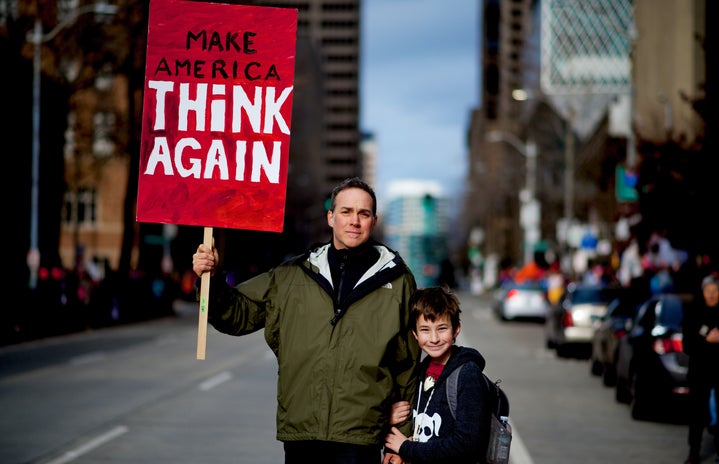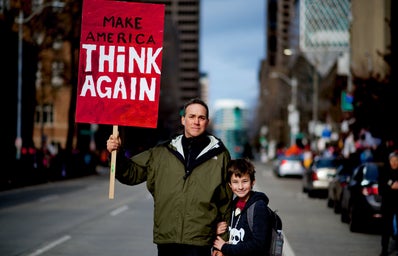Recently, there has been an ongoing conversation over the concept of critical race theory (CRT).
Critical race theory is the idea that racism is embedded in our legal and governmental system and as a result, it is also in our laws and procedures. The term was coined in 1989 by Kimberlé Crenshaw, CRT scholar and Distinguished Professor of law at Columbia University and the University of California Los Angeles.
However, the start of the current public controversy can be dated to Sept. 2020. President Trump issued an executive order “banning federal contractors from conducting diversity training that drew on critical race theory or other ‘race-based ideologies’” that held, for example, that “the United States is an inherently racist or evil country or that any race or ethnicity is inherently racist or evil,” according to the New York Times. The conversation then moved into schools as states started introducing anti-CRT bills into state legislatures that prevented teachers from talking about divisive subjects or making students feel discomfort.
The conversation around CRT and education curriculums is an important issue given the ongoing dialogue. However, few people have questioned why we are arriving at this point in the first place. This may include examining why people are opposed to confronting historical and systematic truths. Or, why there is a gravitation towards color-blindness, which means approaching issues with the idea that the best way to end discrimination is by treating everyone equally without regard for race, culture, or ethnicity.
The answer to these root questions lie in how as a society, as people who support kids, as teachers, and communities, talk about race from a young age. Is the way we teach and expose, or lack thereof, kids to the ideas of race and culture important?
Research continues to emphasize that the idea of race is implicitly and explicitly consumed by children without us even knowing. Therefore, when authority figures leave social stigmas and dynamics to teach kids about race, it creates misunderstandings. Studies say that teaching children about race is very important in developing their conception of race and thereby how they approach issues around racism as they grow.
The American Psychological Association writes that babies as young as three months are aware of race because at three months old, babies start to prefer faces from certain racial groups. At nine months old, they use race to categorize faces, and at three years old, children can start to associate some racial groups with negative traits. Children at four and five years old can associate race with wealth leading to the establishment of race-based discrimination by kindergarten.
“My understanding, when parents desire for their kids to be not racist, they typically do not talk to their kids about race. They avoid conversations about race or even explaining the racial inequities and dynamics in their community as a result. Typically, those kids are taught to be racist by society,” said Dr. Ibram X Kendi, author, professor, historian and anti-racist activist, on NPR.
So what do these conversations about race look like? PBS, and other platforms like NPR and Unicef, know that talking to children about these subjects is difficult. At every stage of life, teaching race and racism looks different. Specifically for young children who are beginning to pick up on race and color relationships, being accommodating to their level and ways of understanding is crucial.
PBS has a host of resources for parents, guardians, family, and others to teach young children about race and culture. This includes integration through TV or movies where the media portrays or discusses diverse subjects, people, and experiences. Additionally, PBS suggests inclusive books on topics like art and food. The method of delivering cultural appreciation and social relationships through fun videos and conversations can start the process of exposure and education that leads to a better understanding of the world.
There are numerous platforms that parents and others can pull from to aid in starting hard conversations about race and racism. Through them all, the emphasis lies on the fact that there really is no right answer for how to have these dialogues with kids. Every child is different and therefore, so is the conversation. But there is a wrong answer, and that is not talking about race at all.


